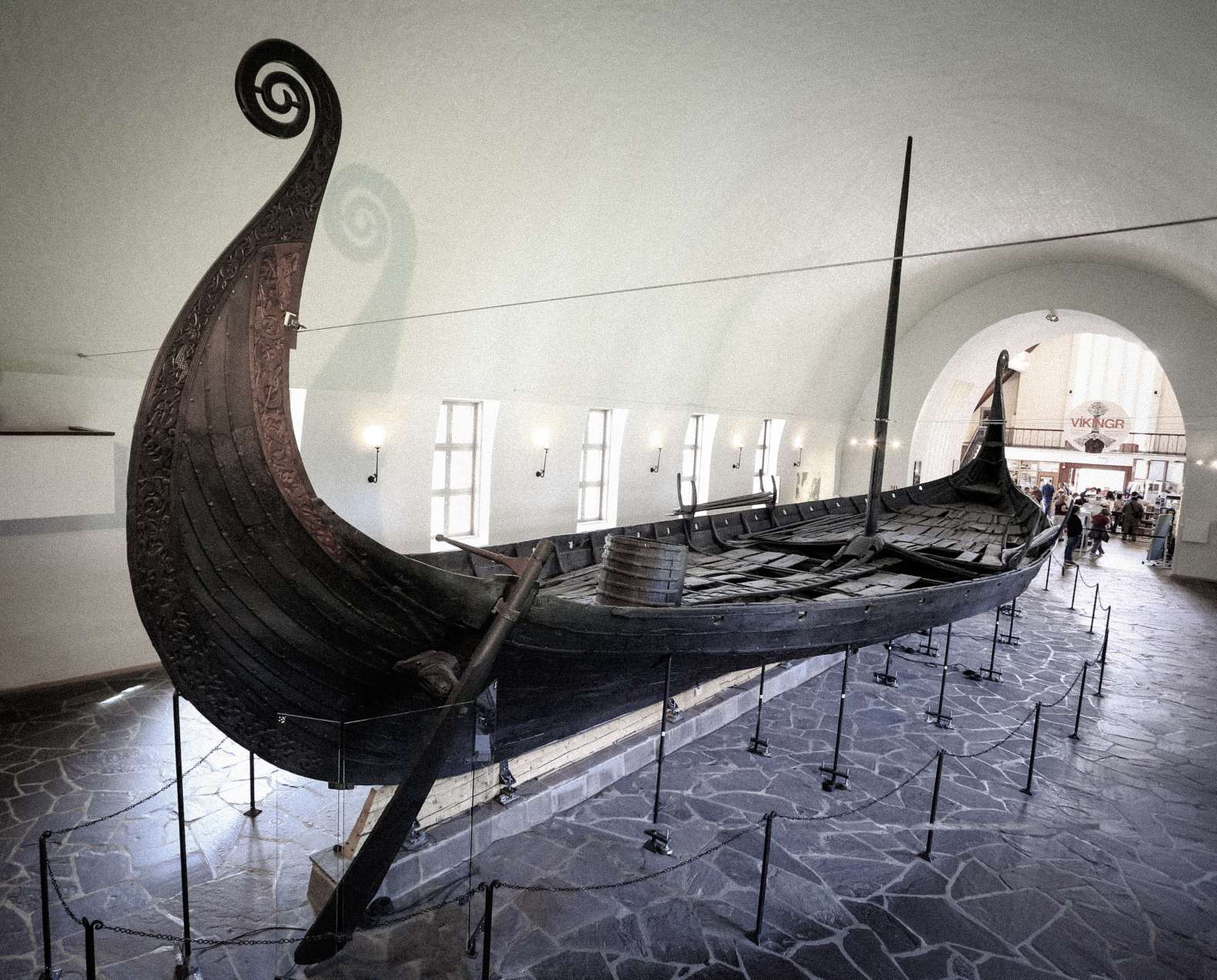How extensively did Vikings colonise the New World? A region in North America known as “Vinland” is referenced in the Icelandic sagas, and it is believed that Norse explorer Leif Erikson first set foot on the continent hundreds of years before Christopher Columbus embarked on his voyage. We know of one site, L’Anse aux Meadows in ‘Newfoundland,’ that was a Viking settlement around the year 1000 AD.

Is it possible that the Norsemen ventured far further into the heartland of North America? The Kensington Runestone (supposedly) demonstrates they did, but heated arguments about its legitimacy persist.
The Kensington Runestone

In 1898, a Swedish immigrant Olof Öhman, who had settled in Minnesota, came across an interesting find in Minnesota. During his clearing of a piece of property he’d purchased near the township of Kensington, he came across a slab of sandstone lodged in the hard, intertwined roots of a tree. After his son Edward noticed some strange markings on the stone, Öhman dragged it out and brought it to his farm.
As a result of the confirmation that the inscriptions were Scandinavian runes, the discovery became a regional sensation, garnering coverage from Minnesota media and being displayed at a local bank.
As news of the stone spread throughout the world, international experts weighed in on whether or not it was genuine. The museum in Alexandria, Minnesota has it on exhibit now.
What is the Kensington Runestone inscription about?

According to the inscription, the Runestone was left by a group of 30 northern European explorers who were ‘on an exploration journey from Vinland to the West.’ Following one day’s fishing expedition, the party returned to their camp to discover ‘ten men red from blood and dead.’
The stone also mentions that there were more explorers who were left behind on the coastline, which was a 14-day journey away. But the date carved on the Runestone, 1362, is the most intriguing of all. That’s 130 years before Columbus’ first trans-Atlantic voyage.
Is Kensington Runestone a real antique or just a gimmick?
The discovery received extensive scientific attention in the early twentieth century, but a number of linguists and historians quickly regarded it as a hoax, produced either by Öhman or by unknown parties. This continues to be the broad agreement today, with critics frequently citing both circumstantial and academic evidence.
The context is the first thing to think about. There had been a resurgence of interest in early Norse adventures in America around the time of the discovery. A full-scale Viking ship had sailed all the way from Norway to the United States five years before, in 1893.

At the World’s Columbian Exposition, a big event commemorating Columbus’ arrival in the New World 400 years ago, it rather cheekily stole the spotlight. This daring voyage demonstrated that crossing the Ocean in a Viking ship was fully conceivable. A few years prior, in1877, an essay titled “America not discovered by Columbus,” penned by a professor at the University of Wisconsin, had gained a lot of attention outside of academia.
In other words, the Kensington Runestone was unearthed at a time when there was a general public thirst for all things related to Vikings in America. The fact that its discoverer, Olof Öhman, seems to be a Scandinavian himself has piqued the interest of several detractors, who have expressed scepticism about his findings.
Some scholars believe that the grisly nature of the story told by the Runestone is an overly convenient explanation for why the Norsemen did not establish a permanent settlement. As an essay in “Vikings: the North Atlantic Saga,” edited by William Fitzhugh and Elisabeth Ward, puts it, the apparent massacre of ten men ‘red of blood and dead’ rather neatly ‘explained why the various voyages did not have a lasting impact: aggressive Native Americans stood in their way.’
The stone itself has also been subjected to intensive analysis. Some of the runes cross into a section of the slab that is covered in calcite, a mineral that is softer than the rest of the Runestone. As a result of millennia of weathering, the runes in the calcite part should be in a worse state.
However, geologist Harold Edwards wrote in 2016 that “the inscription is about as sharp as the day it was carved… The surface of the calcite layer shows the granular texture that is typical of weathered calcite so it was weathered for some time. The letters are smooth showing virtually no weathering”
Read also: The mysterious Rök Runestone warned of climate change in the distant past



